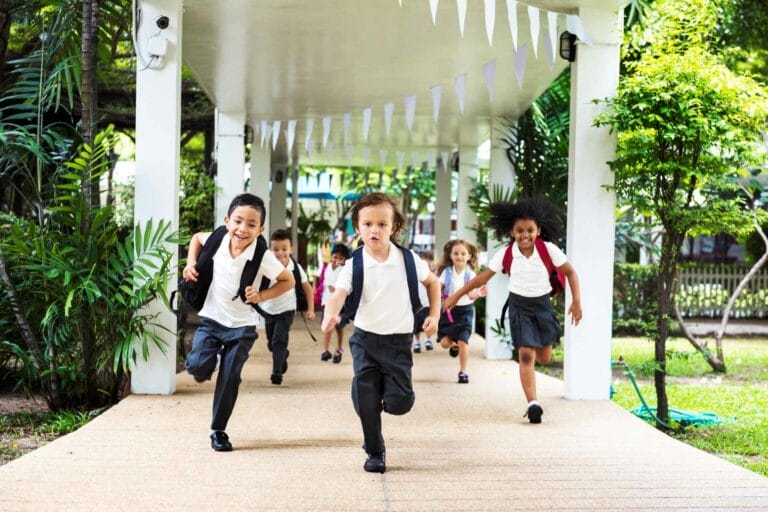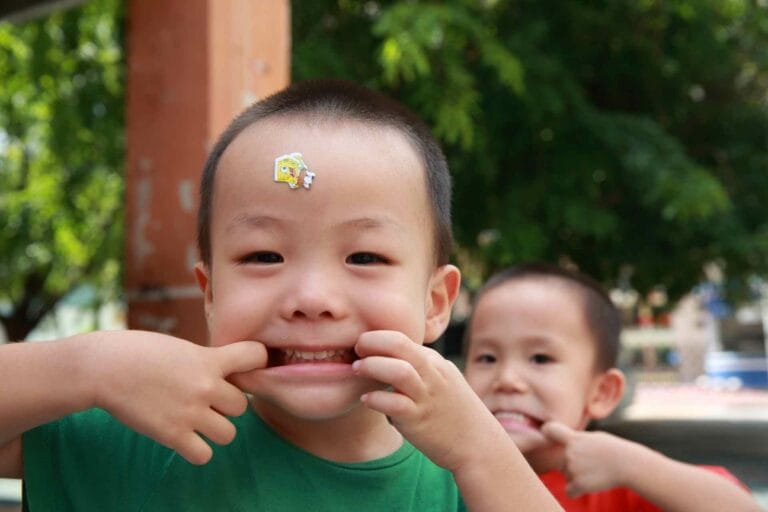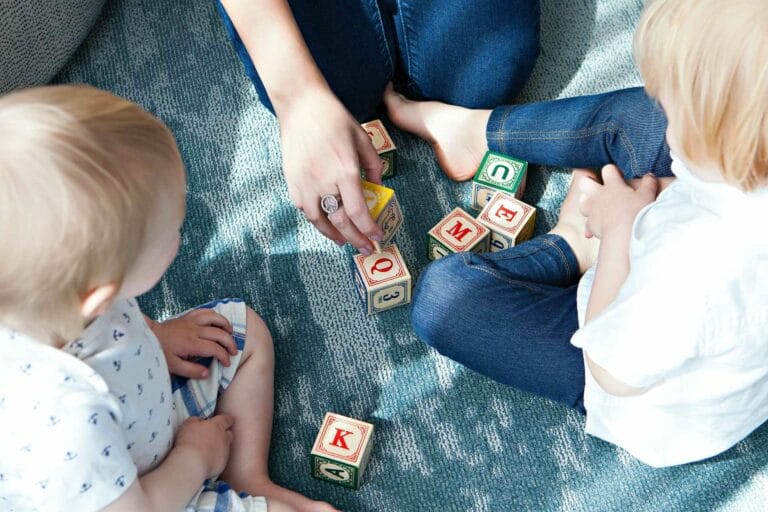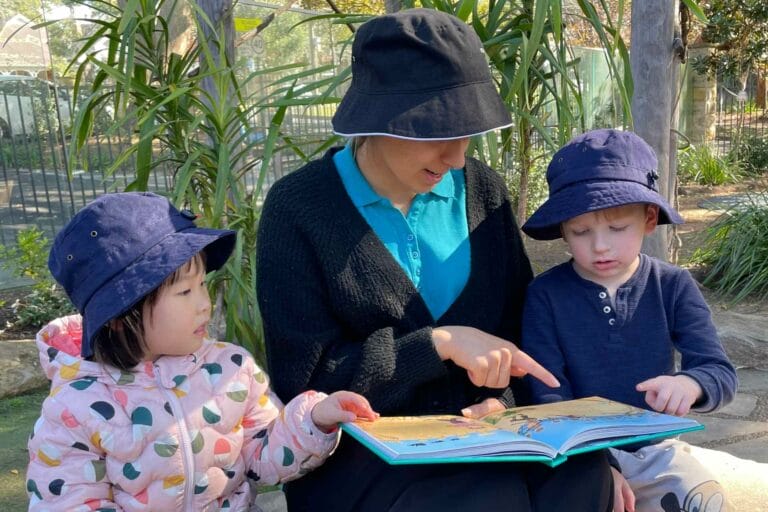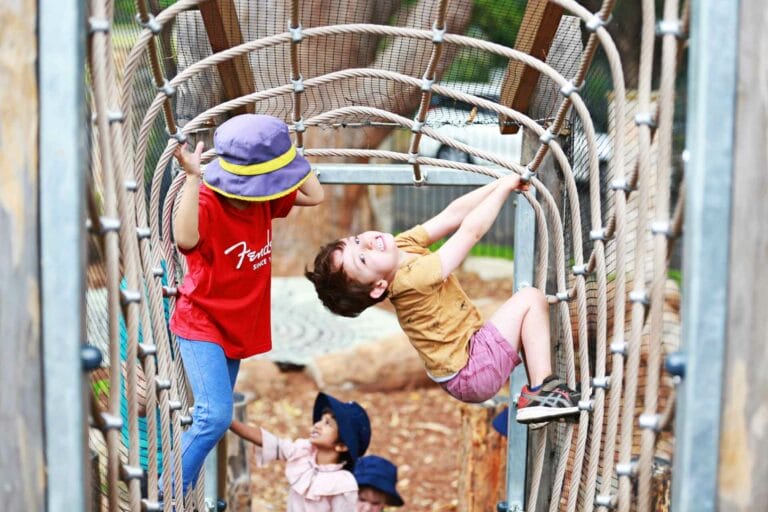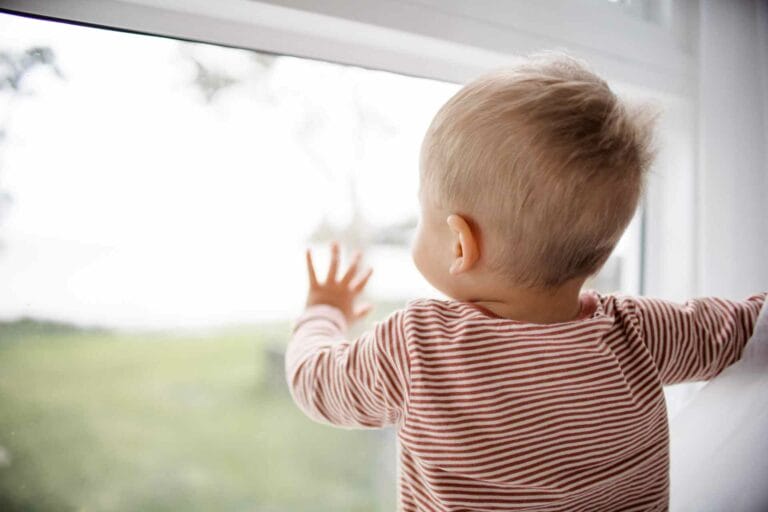Let’s explore STEM education in early learning

“The children of today will make all the discoveries of tomorrow…The future generation must not only know how to do what we can teach them, they must be able to go a step further.’
MARIA MONTESSORI
How can you prepare your child for changes that will happen in their lifetime around STEM education? In the past decade, we have witnessed how technological advancement has completely changed the way we live our lives. Now at the same time, human beings have been facing more challenging issues, such as climate change, than we ever have before. Digital technologies such as our phones, tablets, and various wearable devices along with high-speed internet completely transformed the way in which we communicate and in other cases connect with each other across the globe.
More recently, we have seen the development of some more disruptive and revolutionary technologies like electric cars as well as the fast development and wide adoption of Artificial Intelligence or AI (such as ChatGPT or autonomous driving), all of which could once again potentially transform our life more deeply than we could ever imagine.
New developments in technologies sound exciting. However, you might wonder what could be done to prepare your children to help them adapt. The ever-changing and fast-developing nature of these innovations and global challenges in the coming future. Here’s a brief explanation to help you get an understanding of Sydney Early Education Centre’s pedagogical approach to STEM education, with some ideas for families to support STEM learning at home.
So, what is STEM education all about?
STEM is an acronym for Science, Technology, Engineering and Mathematics. STEM education refers to the integrated application of knowledge and skills from one or more subjects from Science, Technology, Engineering and Mathematics (STEM) to solve authentic problems. Dr Anne Forbes, a leading STEM education academic from Macquarie University, suggests (2023) that STEM education prepares our children with a higher level of STEM knowledge and literacy. This enables them to view the world through a rational lens and equip them with the skills. Giving themand opportunity to have a more informed perspective on what’s going on in the world in terms of discriminating sources of information. In other words, STEM education prepares and enables our children to acquire some of the most important 21st Century skills. Skills such as critical thinking, problem solving, communication, collaboration, creativity, and innovation.
What does STEM educartion look like at SEEC?
STEM learning at SEEC is an important part of our SEEC Learning for Life Curriculum, through which we teach and promote children’s learning and understanding of STEM concepts and equip them with the knowledge and skills that prepare and enable them to solve challenging real-world problems and innovations now and in their future life. We believe the best way to get children to learn about STEM is to use real-life experiences and problems for children to inquire and solve, and that enables them to use the knowledge and skills in a way they can relate to. In early childhood, this is known as play-based and Inquiry-based learning. Learn more about SEEC’s inquiry-based learning approach.
More recently, SEEC has been using the research-based and evidence-based ERA Pedagogical Model, which is specifically designed by a team of leading STEM and education experts in the University of Canberra, to facilitate children’s STEM learning in early childhood settings.
The use of ESLA and the ERA pedagogical model
Early STEM Learning Australia (also known as ELSA), is an Australian government-funded STEM pilot program for Early Childhood developed by the University of Canberra. Along with it, the ERA model was developed to support and promote children’s learning in STEM. ERA stands for Experience, Represent and Apply respectively.
During this process of learning, children are encouraged to experience various STEM learning opportunities within their play. All within their immediate local learning environment. Then, the explored STEM concepts are represented in a series of tablet-based interactive Apps to strengthen their knowledge and understanding. Finally, children are encouraged to utilise what they have learnt and apply it to their play or other real-life scenarios. Perhaps they want to solve a problem or to create something that may contribute to the world around them. The entire learning process encourages children to think critically, to communicate and collaborate with others and to design things that relates to the problems.
How to support STEM learning at home
Encourage children to explore size, shape, colour, texture, weight and material
Engage children in a treasure hunt game in which they are encouraged to collect home items, loose parts. Use things like natural elements of various shapes, colours, textures, weight, materials. You can then have a conversation about their properties and potential usage, and make fun things out of them.
Kitchen and cooking technologies and chemical reactions
Involve children in food preparation and cooking and make use of various kitchen technologies. Use things like cutlery, kitchen utensils to kitchen appliances. This is a great time to get hands-on and prompt them to think of the use of each technology and give them opportunities to have a go. Add safe and fun kitchen chemicals like bicarb-soda and vinegar to create chemical reactions to add to the excitement.
Make use of toy cars and other materials to explore gravity, friction, and kinetic energy
Make a steep runway or ramp with unused resources and materials at home. Use things like cardboard boxes, wood plank, or metal sheet and whatever is available at home to introduce gravity. Here you can introduce them to the concept of friction and kinetic energy. Experiment with adding oils or soapy water to the play and observe the changes in toy cars movement. Invite children to make assumptions and hypothesis of the outcome.
Involve children in design thinking using real life problems
Encourage and guide children to think of a solution that could help to solve or improve a real-life problem. This might be things like:
- Picking up a toy that went underneath the lounge that is out of reach
- Design something to help organise different office items like pens, sticky tape, paper clips etc.
Make use of the ELSA Family App to gather more ideas on STEM learning experiences
The ELSA Families App offers fun and simple ideas of STEM learning experiences that you can do with your child in your daily life. More information is available in the ELSA families visit the website.
All in all, STEM education is becoming an important part of early childhood education. It is also important for our families to become children’s co-learners and engage children in scientific thinking, design thinking and its relevant literacies in play. The goal of STEM education in early childhood contexts should be building children’s interest in STEM, and that means motivating children to be more engaged with it in real life, so it helps to build a stronger STEM identity for them.
Read more about STEM education, on the Department of Education website.
References:
Forbes, A & Fargher, C. (2023). Building Your Successful STEM Classroom (Webinar). Dr. Egg Adventure.
University of Canberra: STEM Education Research Centre. (2023). ERA framework. Retrieved 31 October, 2023 from: https://elsaprogram.com.au/era-framework/
SPLAT-MATHS. (2021). ESLA families. Retrieved 31 October, 2023 from: https://elsafamilies.com.au/
Enjoy encouraging STEM play at home. If you’d like to explore our service in action visit Sydney Early Education Centres, you can book a tour or send us a message.

Written By
Jacky, NEEC’s Educational Leader
